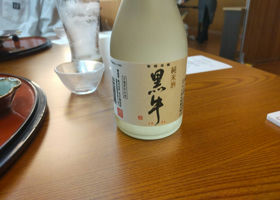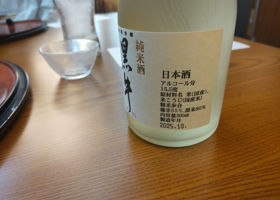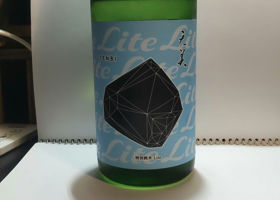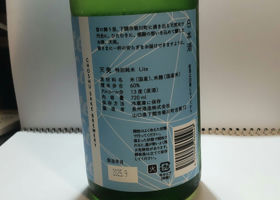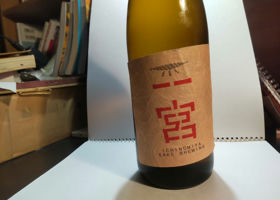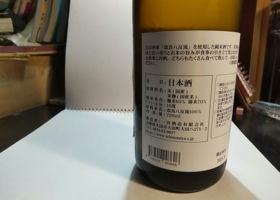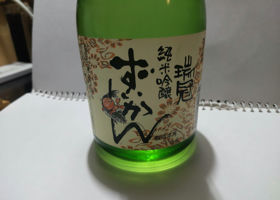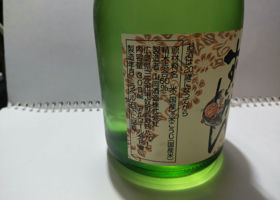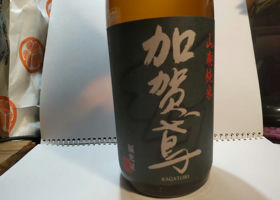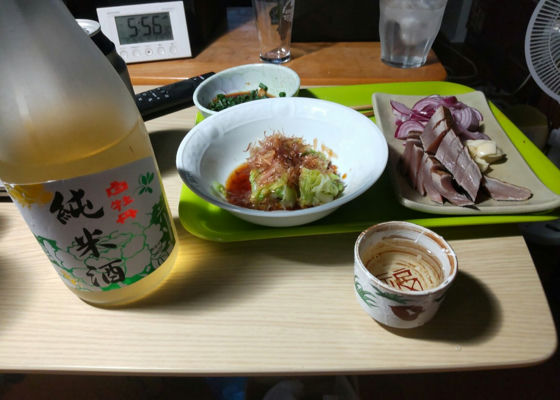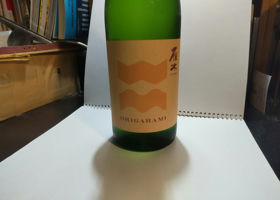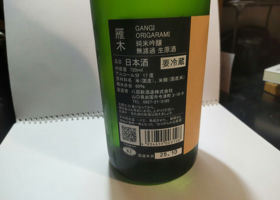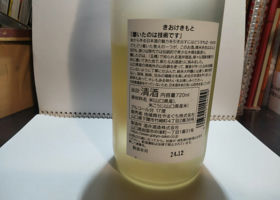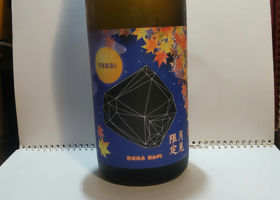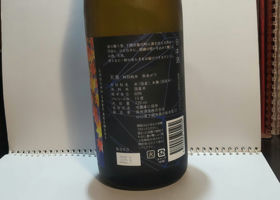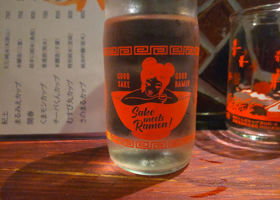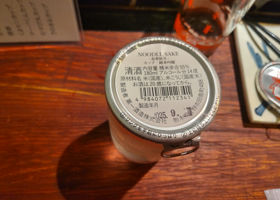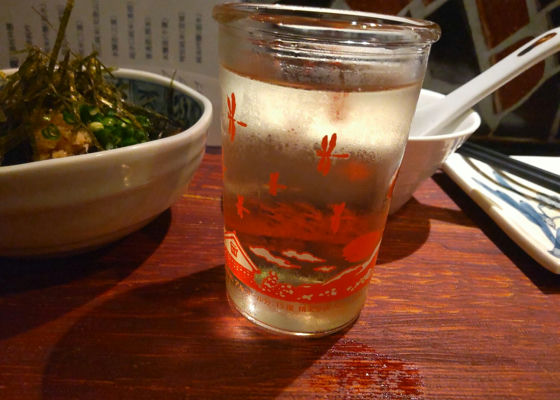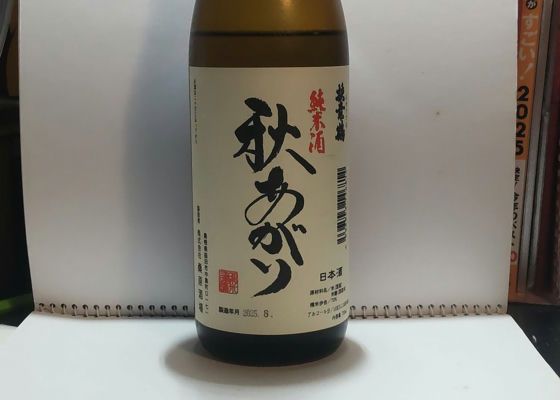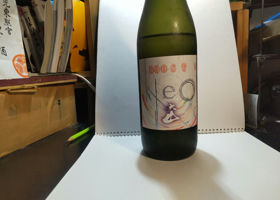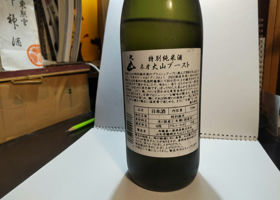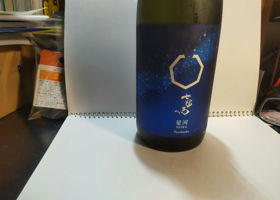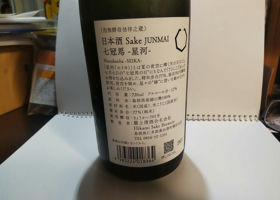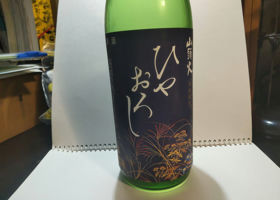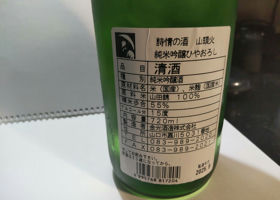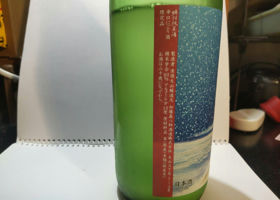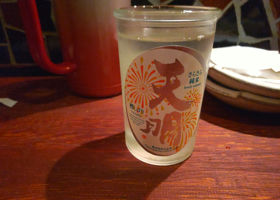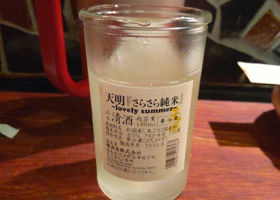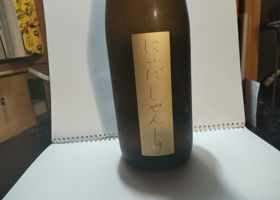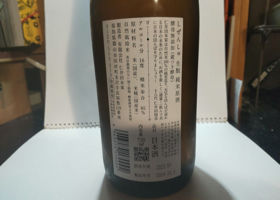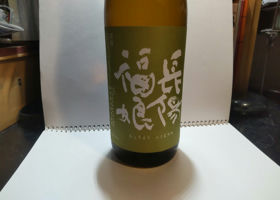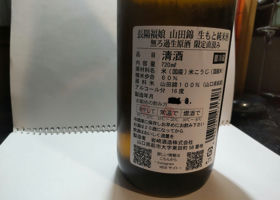
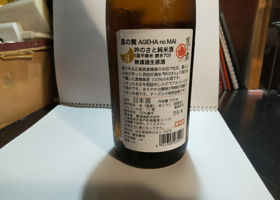
さけざん
The brother of the owner at Murata, where I always go, said, "It's interesting with flat milled rice".
So, I bought it!
I heard that by milling rice flat, you can reduce the amount of grinding.
I think it will increase from next year. He said, "I think it will increase next year.
Sake temperature: about 9 degrees Celsius.
The aroma is juicy and grapey, and the mouthfeel is clean and crisp - the high alcohol content makes the alcohol taste a little strong, but it disappears when the temperature rises a little.
The acidity is more like that of a lemon.
The price of rice has gone up, and the brewery is having a hard time keeping up with the rising price, so they have to increase the volume if they have to cut less.
When the rice is flat polished to 60%, it tastes like a round 40%.
I like 82% or natural sake, so I don't mind if it has a little bit of a tangy taste.
It's hard to say whether it's a tangy taste or a flavor.
Japanese>English
